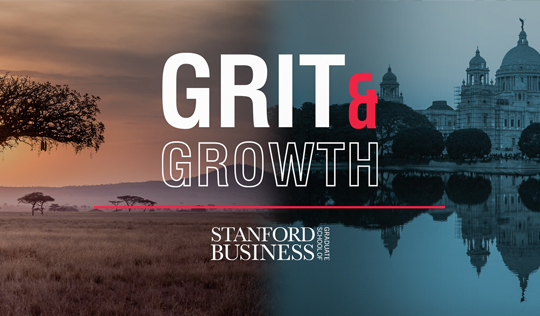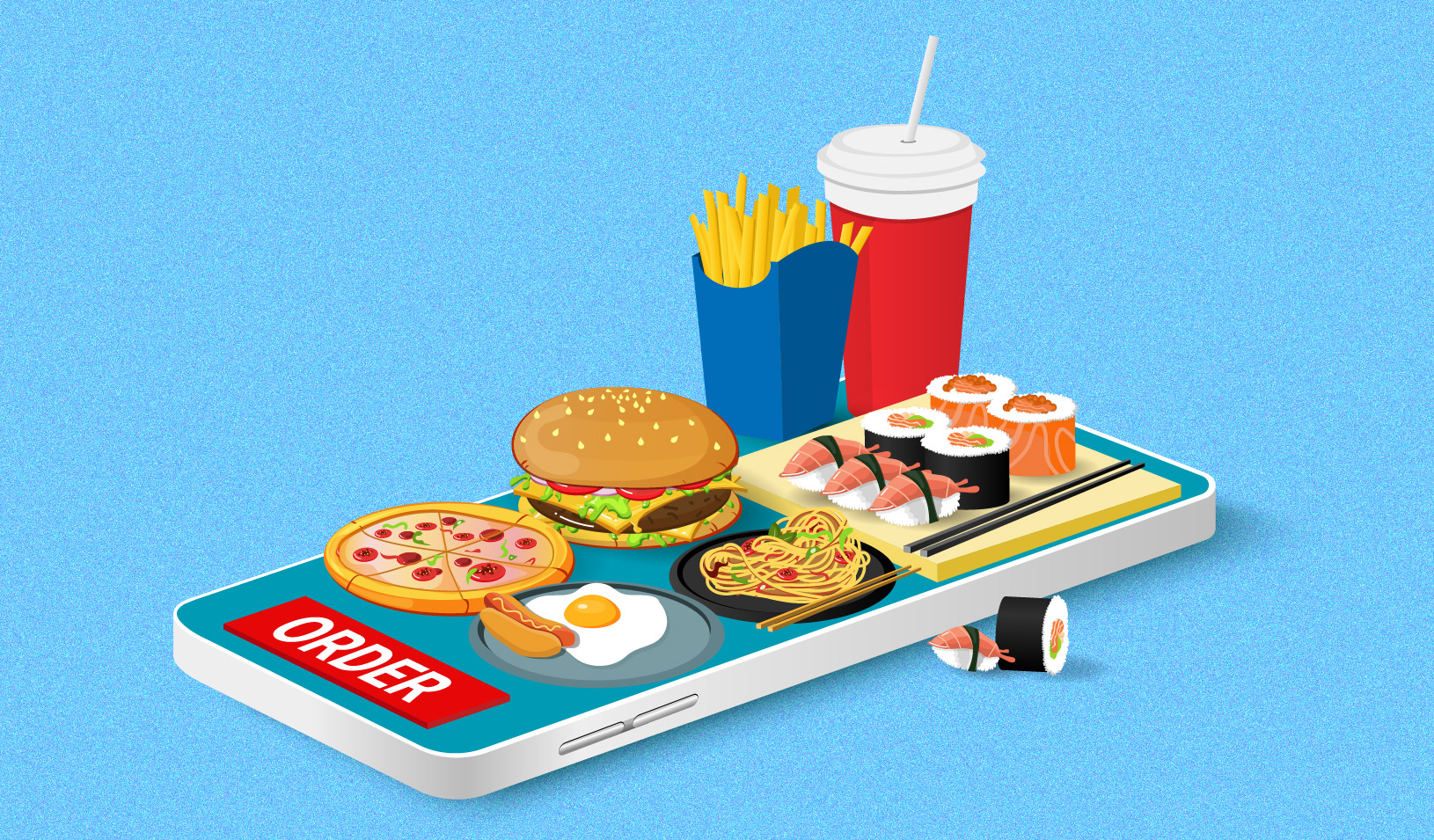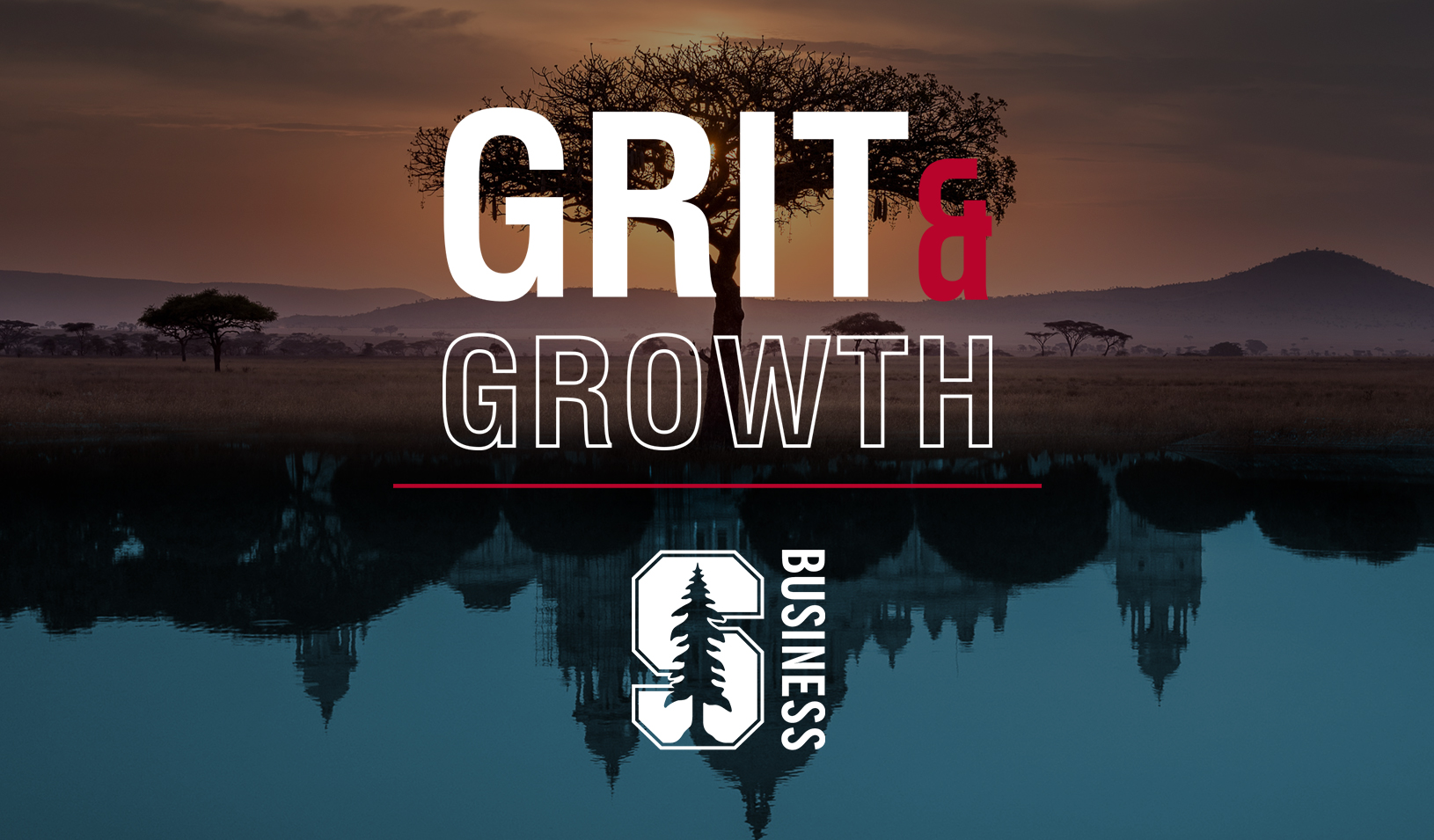In these volatile times, it’s clear that innovation has become an imperative. Organizations that become too entrenched with being good at what they do are simply putting themselves in a vulnerable market position.
Middle managers with great ideas can sometimes be caught between a rock and a hard place. Managing “from the bottom up” is always a challenge, and that’s particularly so when it comes to bringing something new to the table. In observing managerial dynamics as a researcher and consultant, I’ve extracted two vital pieces of advice for anyone trying to promote innovation to higher ups.
The first is: Figure out if the person you’re trying to pitch to is really open to new ideas. If not, find a champion in the upper managerial levels who you think might be. Float your idea to that person first, and then have him or her present it to the target manager.
The second is: Don’t provide your champion with a polished pitch. Let it be a little bit rough around the edges. This may seem counterintuitive, but having something that leaves room for expansion inspires people to get involved in your vision. Having the “perfect” solution, on the other hand, tends to inspire critique.

Behind all this is scientific research about what makes people tick. Although the human brain is a sophisticated instrument, at its core, it’s nothing but the organ of an animal, prone to instinctive responses. If you really want to succeed at bringing innovation into your company, you need to be aware of how your brain works.
The instinctual brain operates according to what I call the “X Framework.” This comes out of studies on animal behavior, particularly those conducted on baboons by Robert Sapolsky, a professor of biology and neuroscience at Stanford University. Like our primate relatives, humans are governed by two pathways that you can envision crossing in an X formation. One moves us from anxiety or fear to contentment. The other moves us from boredom or apathy to excitement.
In other words, if the brain is experiencing highly physiologically arousing emotions associated with stress, then our first instinct will be to stay away from excitement and seek comfort instead. Baboons under stress, for example, will not pursue new territories or mates.
Under stress, humans also hang on to the familiar. Remember the last time you went to an industry conference — a stranger in a strange place? The first thing you did was seek out people who were like you in some way. Once the brain is comforted, it’s going to get bored. It will then switch from the boredom to the excitement pathway. This is when both you and your baboon friend will seek out new territories. For the brain to be innovative, it cannot be experiencing stress. Before it can start exploring, it needs to be reassured; it needs to feel safe. Then it can head over to the more interesting pathway.
So from an innovation standpoint, you must discern where your ultimate target manager is on this X Framework. The tip here is that people habitually ride one pathway or the other. What I call Type I personalities are those who instinctually stay on a groove between stress and comfort. These people typically fear making mistakes. In contrast, what I call the Type II personalities are those who tend to move between boredom and excitement. These people typically fear missing out on opportunities. For them, mistakes are not painful, they are exciting. Type IIs reframe failure as a challenge, and they see challenges as something fun.
There are exceptions, but generally speaking, I’ve learned that people who are in a maintenance function — information technology managers, chief operating officers, those who need to run a very tight ship — tend to be Type Is. They’re unlikely to deviate from the course to try something new. So if you’re intending to pitch someone like this, you’re never going to win the battle.
In contrast, among members of the executive board, I have found that chief marketing officers and chief information officers, tend to be Type IIs. They’re looking at the next steps: how to move the corporation along, take advantage of new technologies, and capture new customers. The lesson here is that when you need to bring a new idea to your Type I manager, find an ally first in a Type II. Your manager will trust the information more from them than from you because the manager will view you as a biased party with a vested interest in the idea.
But don’t forget to give your Type II champion the rough pitch, not a polished version. I have observed time after time that if you build a polished prototype others will see flaws. If you build a rough prototype, they will see potential. They will make suggestions rather than shoot the idea down. Type IIs want to co-create with you. With a rough pitch, they will become invested in your idea, and become your most passionate spokespeople.
For media inquiries, visit the Newsroom.






